10 Easy Substitutes for Sirloin Steak Cuts
Substitute for sirloin steak options exist in surprising variety across countless kitchens worldwide.
Budget constraints or dietary preferences often lead home cooks to seek alternatives when recipes call for this premium cut.
Alternative proteins can deliver similar texture and satisfaction without compromising the overall dish experience.
From plant-based innovations to less expensive beef cuts, these stand-ins solve common cooking challenges while still creating memorable meals.
The best replacements maintain that desirable combination of tenderness and flavor that makes sirloin so popular.
With a few adjustments to cooking times and seasoning, you can achieve results that guests might not even recognize as substitutes.
Continue reading to find perfect alternatives for any situation when sirloin isn't available or ideal for your needs.
Substitutes for Sirloin Steak
Sirloin steak being unavailable can be resolved by cooking with another cut that fits the plan. Doing so ensures the meal reaches the table without a change in timing.
Tri-Tip Steak
Tri-tip, a triangular cut of beef known for its exceptional flavor, is a versatile option for meat lovers everywhere.
Many people confuse this tasty cut with brisket, but it actually comes from the lower portion of the sirloin and offers a unique taste profile that works well with various cooking methods.
Some folks call tri-tip "poor man's brisket" and occasionally use it as a substitute for more expensive sirloin steak cuts.
Both trimmed and untrimmed versions are available in stores, with trimmed cuts producing leaner meat slices that many prefer.
Top Round Steak
In many recipes, top round steak makes an excellent substitute when slow cooking or using liquid-based methods.
This leaner cut lacks the fat and marbling found in top sirloin, which means it needs moisture during cooking to prevent dryness.
Adding broth, wine, or sauce helps tenderize the meat while infusing flavor throughout the cooking process.
Home cooks appreciate how top round absorbs seasonings beautifully when given enough time to simmer.
For best results, keep the temperature low and allow plenty of time for the tough muscle fibers to break down completely.
Chuck
Beef chuck, sourced from the shoulder area of the cow, is an excellent substitute for top sirloin in many dishes due to its rich flavor profile.
Home cooks often choose this affordable alternative for slow-cooked roasts and crockpot recipes where its natural marbling breaks down over time to create tender, juicy results.
The meat also responds well to marination before grilling, which helps soften its naturally firmer texture.
Many chuck cuts come with bones that need removal if you want them to more closely resemble top sirloin in appearance and cooking versatility.
Despite being less tender than premium cuts, chuck delivers impressive beefy flavor that shines in comfort food classics and hearty meals.
Steak Off The Flank
Flank steak, a versatile and flavorful beef cut from the cow's flank area, offers an excellent alternative when sirloin isn't available.
Many chefs prefer this leaner option for its rich taste and distinctive grain pattern that absorbs marinades beautifully.
French culinary experts call it "bavette" (meaning bib) because of its flat, somewhat irregular shape.
Home cooks appreciate how quickly this cut cooks on high heat, making dinner preparation faster than with thicker cuts.
The reasonable price point compared to premium steaks makes flank steak a smart choice for family meals without sacrificing quality.
Ground Beef
In recipes calling for ground top sirloins, substituting ground chuck or generic ground beef can significantly reduce your grocery bill while still creating delicious stews, chilis, and meat-based sauces.
The key to success lies in choosing leaner options, which better mimic the texture and fat content of the more expensive cuts.
These budget-friendly alternatives absorb flavors wonderfully during cooking, making the switch nearly undetectable in most dishes.
Many home cooks regularly make this swap without family members ever noticing the difference.
For best results, drain any excess fat after browning to maintain the intended consistency of your spaghetti sauce or other creations.
Filet Mignon, Porterhouse, Or New York Strip
Substituting top sirloin isn't a problem when other conventional steak cuts can deliver similar tenderness in your recipes.
Many grocery stores offer comparable alternatives at reasonable prices, especially during special promotions when costs match prime sirloin.
Porterhouse, New York strip, filet mignon, and T-Bone steaks make excellent replacements when cut into strips or cubes for dishes that call for top sirloin.
These alternatives work particularly well in recipes requiring smaller pieces rather than whole steaks.
The texture differences between these cuts are minimal once they're properly prepared and cooked in the same manner as the original ingredient.
Rump Steak
Rump steak is an excellent budget-friendly substitute for sirloin, offering rich flavor when properly aged.
In France, this tasty cut humorously goes by "culotte," meaning underpants, while Americans often use it interchangeably with sirloin in recipes.
For perfect results, simply grill or pan-fry the meat for about three to four minutes on each side, depending on thickness.
Different countries have various names for these cuts - what Americans call sirloin might be labeled as top round, short loin, or porterhouse elsewhere.
Striploin Steak
Striploin steak is a lean, tender cut from a cow's short loin, getting its distinctive flavor from the longissimus muscle.
Many cooks prefer this versatile cut as a substitute for sirloin, with its meaty taste rivaling that of skirt steak whether purchased boneless or bone-in.
For those seeking alternatives due to dietary restrictions or budget concerns, ribeye, flat iron, hanger, and flap steaks all make excellent replacements when grilled or pan-seared to perfection.
Top round steak offers a similar flavor profile to sirloin at a more wallet-friendly price point, making it perfect for recipes calling for strips or cubes.
Steak & Flat Iron
Grilling flat iron steak offers an exceptional way to enjoy its tender texture and rich flavor.
With a versatile nature, this cut shines when enhanced with marinades, spices, or flavorful toppings that complement its natural taste.
If your local butcher doesn't carry flat iron steak, top blade makes an excellent substitute that delivers similar results.
The cooking process resembles grilling skirt steak; medium-high heat works best while avoiding temperatures that are too extreme.
For perfect results, sear the meat briefly before finishing at lower heat, similar to how you'd prepare flank steak to prevent burning or falling apart.
Chicken Breast
Sirloin steak can be easily swapped for other cuts in various recipes, giving you plenty of options when cooking.
Chicken breast makes a great substitute as its tender flesh works well in stir-fries, though it needs a marinade before grilling and tastes best served medium-rare.
For a budget-friendly beef alternative, tri-tip side steak from the lower sirloin offers similar qualities, especially when you trim the surrounding fat to enhance tenderness.
Marinating tri-tip ahead of time helps match the original flavor profile, making it perfect for stir-fries and kabobs.
Marinating and Cooking Tips for Sirlion Steak Substitutes
Making steak substitutes taste amazing is all about smart marinating and cooking techniques, which help plant-based or alternative proteins soak up flavor and stay juicy:
Best Sauces for Non-Sirloin Steaks
Choosing the right sauce for non-sirloin steaks, like flank, skirt, round, or plant-based cuts, can turn a simple meal into something memorable, bringing out the best in both flavor and texture.
Sirloin Steak Alternative FAQ
1. Will using a different cut change the flavor or texture?
Yes, each cut has its own flavor and tenderness. Ribeye is richer and more marbled, while flank and skirt steak are leaner and more fibrous.
2. Can I use chicken or turkey as a sirloin steak substitute?
Yes, boneless chicken breast or turkey cutlets can be marinated and grilled as a leaner, non-beef alternative.
3. Are there plant-based alternatives to sirloin steak?
Yes, you can use portobello mushrooms, seitan, or store-bought plant-based steaks for a vegetarian or vegan option.
4. What’s the best way to cook sirloin substitutes?
Flank and skirt steak are best when marinated and cooked quickly over high heat, while ribeye and strip steak can be grilled or pan-seared.
5. Will cooking times change with a sirloin substitute?
Cooking times may vary depending on thickness and cut. Leaner cuts like flank and top round cook quickly and can become tough if overcooked.
6. Can I use ground beef instead of sirloin steak?
Yes, ground beef can be used in stir-fries, fajitas, or sandwiches for a different texture and flavor.

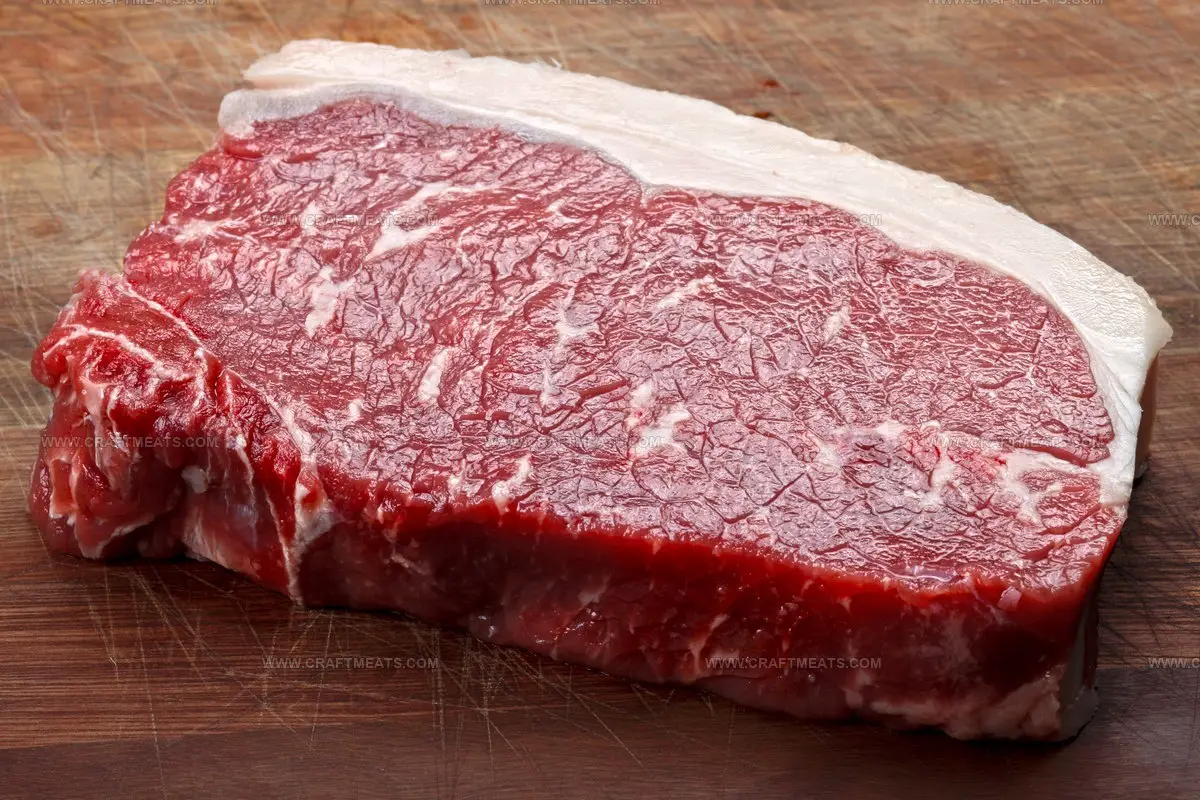
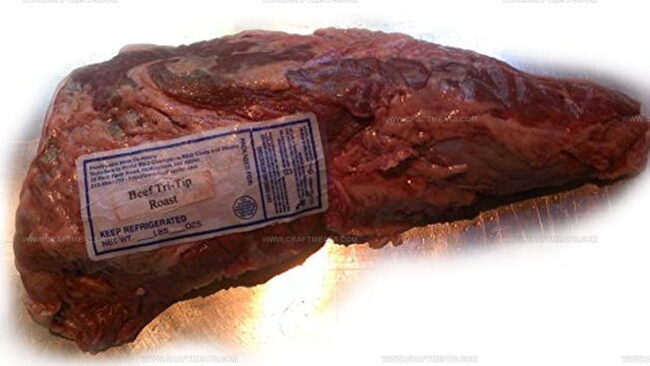
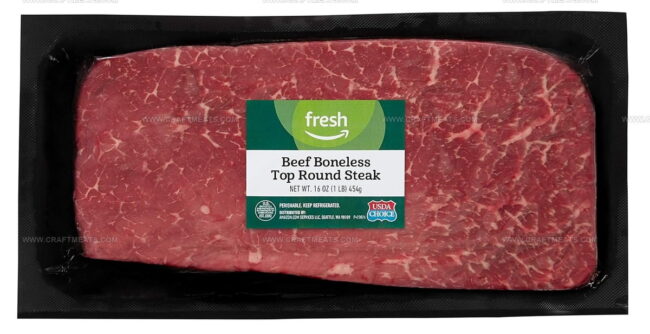

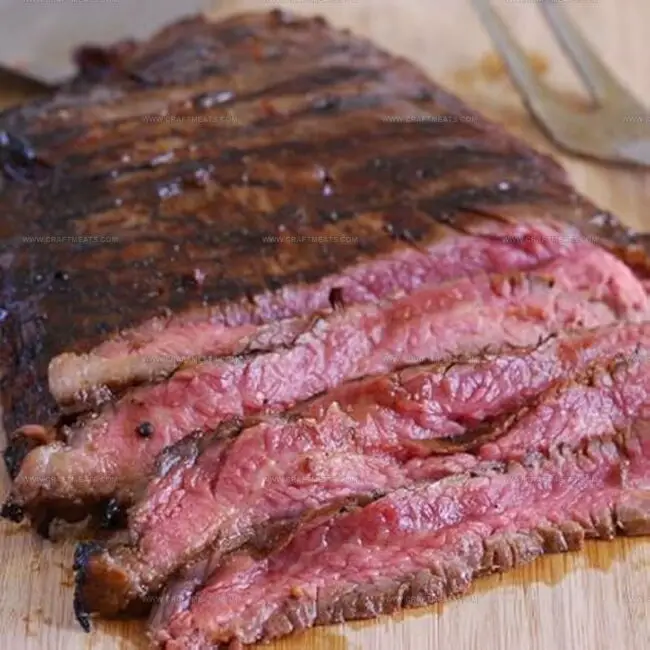
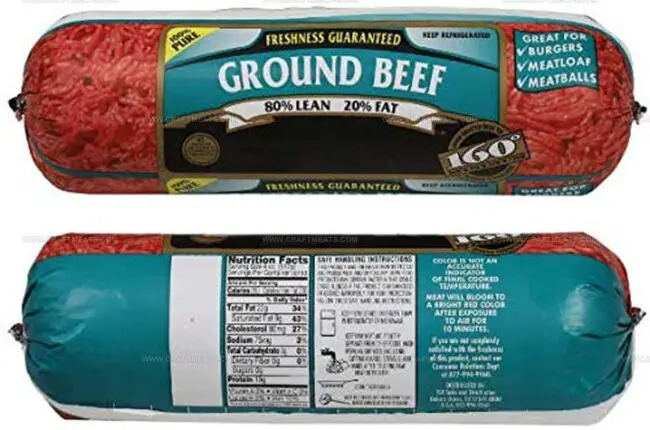

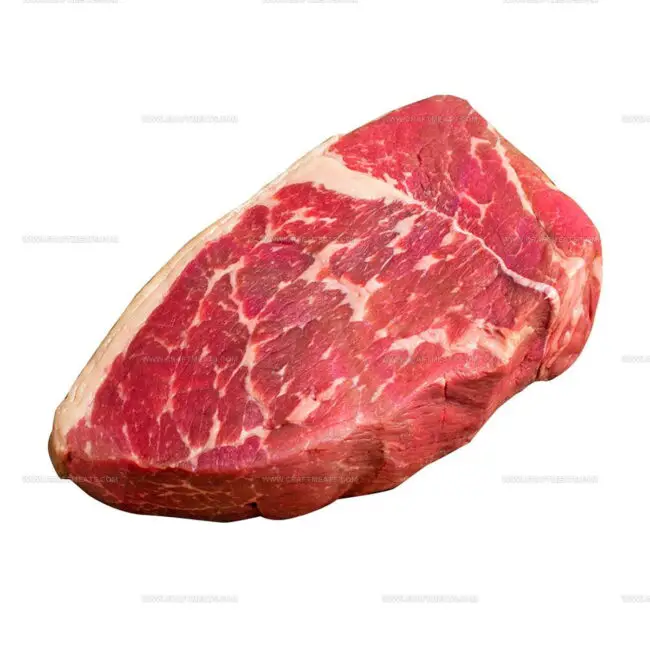
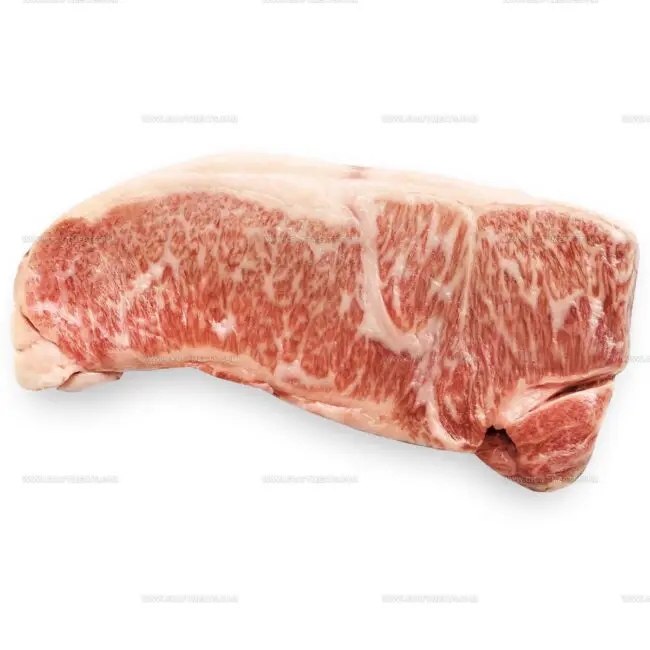
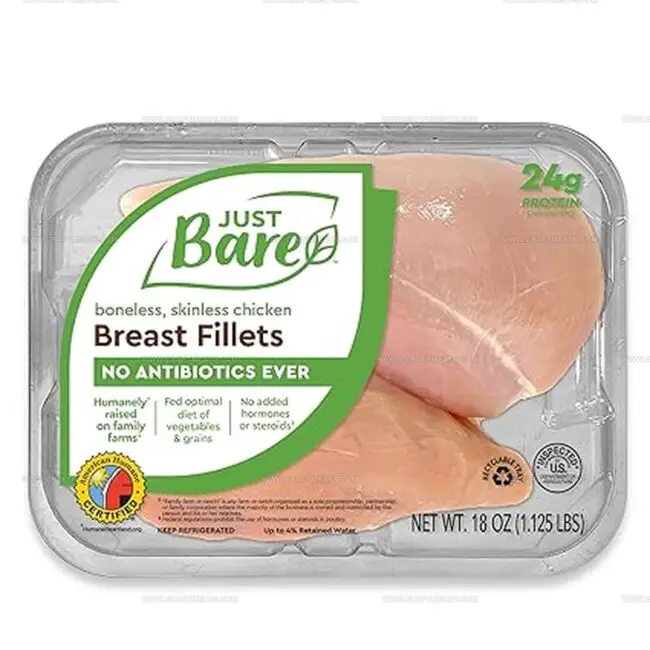
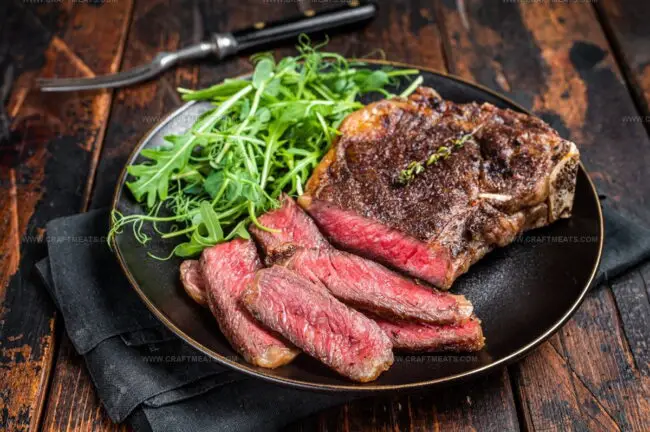
Isabella Rossi
Founder & Culinary Content Creator
Expertise
Recipe Development, Traditional Irish and European Cuisines, Food Styling and Photography, Culinary Education
Education
Dublin Institute of Technology (DIT) – School of Culinary Arts and Food Technology
Ballymaloe Cookery School
Liam is the voice behind many of Craft Meats’ most flavorful features. With roots in Dublin’s smoky barbecue scene and a culinary degree from the Dublin Institute of Technology, he brings time-tested cooking techniques to life.
His training at Ballymaloe Cookery School sharpened his farm-to-table approach, giving him a deep respect for every ingredient he writes about.
He’s not about overcomplicating the process, just helping you cook meat that’s worth talking about. When he’s not writing or grilling, he’s out foraging or nerding out on regional spice blends to add to his next recipe.